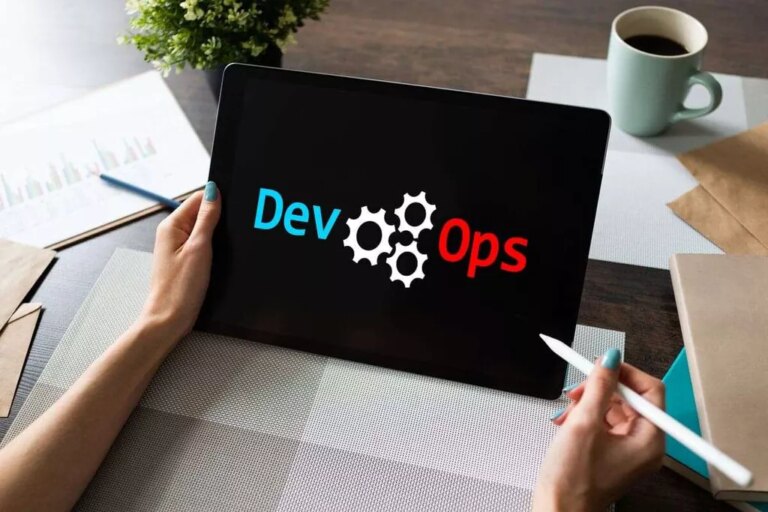This in turn helps increase profitability by reducing out-of-stocks and minimizing overproduction. Another important solution type is a manufacturing execution system . This one is mainly concerned with monitoring the production process by tracking real-time data in order to optimize outputs. Specifically, an MES can help allocate resources across production stages, develop optimal schedules, deliver visual shop floor representations, and help managers identify potential issues.
The vendor may need to spend money on implementation costs in order to help the system integrate with your specific manufacturing situation. A representative of this approach would be Toshiba’s software factory concept, denoting the company’s software division and procedures as they were in 1981 and 1987 respectively. There are several manufacturing software solutions approaches that represent contrasting views on software factory concepts, ranging from tool oriented to process oriented initiatives. The following approaches cover Japanese, European, and North American initiatives. Everything within a manufacturing ERP system is interconnected, so you have all the information you need in one place.
Productivity vs. Efficiency: What’s the Difference?
Cloud computing is fast becoming the norm with regards to manufacturing software’s base-level functionality. Cloud-based systems can be used at any time, and from anywhere, making it possible to update and monitor work remotely. Remote access became even more important during the pandemic, with many people working from home.
A range of small, mid-size and large businesses, including the aerospace, architectural, automotive, defence and energy industries. Preventive maintenance software is a key component https://www.globalcloudteam.com/ of CMMS that deals with preventive maintenance, rather than remedial or future maintenance. Preventive maintenance software simplifies the scheduling of regular maintenance.
Quality Management
With the right solution, data from varying makes and models of equipment is standardized into a common data model and instantly available in pre-built reports for consumptoon. Ben joined Advanced in February 2021, bringing a wealth of research and writing experience with him. He is responsible for creating thought-provoking and insightful content for those in the finance space. Ben has become a financial sector expert through his extensive research, interactions with customers, and exposure to our accounting solutions.
Work center planning is a step beyond capacity planning as not all jobs can be mechanically done on all types of machinery. By scheduling work centers, the production floor throughput can be kept in balance. Companies can optimize processes and unlock capacity with reliable schedules that reflect accurate BOMs and routings. Downtime can be reduced with scheduled maintenance done during changeovers. The first step in any Industry 4.0 journey is unlocking the machine data from the assets actually engaging in production.
Types of Software Every Manufacturer Should Use
It can be further linked to purchase requirements and “on-hand” versus “available” inventory. Production schedules can be produced to optimize the right product and activity on the shop floor. It employs industry-standard methods for real-time quality control throughout manufacturing processes. Essentially, SPC scrutinizes data from various product and process-related measurements to identify if there are any unacceptable variations that need to be corrected. Developers can use software factories to increase productivity and incur less ramp-up time. This is achieved through creating a high-quality starting point for applications which includes code and patterns.

Once you have a project plan in place, also develop a plan for managing deviations from that plan in the form of a change management plan. It should include how changes will be requested, approved and communicated; to whom changes must be communicated and who will be in charge of these communications. It should also include the changes that are off-limits and how feedback will be gathered and used during the change process. Because of the many factors that affect the final price a company will pay for a manufacturing ERP, most ERP providers require a custom-quote request before a price is given.
Find the best Manufacturing Software
Overall, EHS solutions serve as central hubs for storing and analyzing any and all information pertaining to work health and safety, waste outputs, and sustainability. They help manufacturers keep track of hazardous materials, perform inspections, and stay on top of relevant environmental metrics. So, a CMMS centralizes maintenance-related information and simplifies the process of keeping equipment in top shape.

3D modeling and physics simulation software programs like Autodesk’s AutoCAD software can be an enormous time-saver for manufacturers. Having the ability to complete a three-dimensional design with computer-aided design solutions is already a major advantage for manufacturers. The right ERP manufacturing solutions can help manufacturers automate and streamline key business operations. Also known as “Process Manufacturing Software”, MPM serves as a repository that outlines the processes, techniques, and methods that should be used in order to manufacture a product. By examining the manufacturing process MLM can be used to optimize production.
Manufacturing execution system (MES)
It also enables the user to optimize production by controlling inputs, personnel, machines, and other parts of the manufacturing production process. Manufacturers typically use ERP software to tie their manufacturing processes to all other business segments in the organization. It gives not just a unified view of the manufacturing requirements, but also financial, inventory, staffing, and other requirements. The features and functions of manufacturing software depends on the type of software itself.
- It also allows you to track where your inventory is in real time while maintaining a database of suppliers you can turn to when inventory is needed, complete with your purchase history for easy reordering.
- As a result, manufacturers need to rely on advances in computing power and manufacturing software to automate traditional factories and make the right decisions.
- This can include material and inventory planning, monitoring safety and maintenance, product development planning and product design, and more.
- Many also offer specific modules to help manufacturing companies comply with regulations within their industries, such as modules for managing medical device or pharmaceutical manufacturing regulations.
This would simplify the task for management who can focus their energy on how to action these insights. Using the software to define threshold values to raise alerts to the floor staff would also help the staff to act proactively. Considering the promise of the manufacturing system is improved efficiency and growth, the software should be able to function seamlessly to handle this growth. Businesses need to understand how the software can be augmented to accommodate this growth. Now that you know what manufacturing software is, let us take a look at how this software can be beneficial to your workforce and business. They provided a comprehensive suite, allowing us to manage sales, manufacturing, and shipping from a single system.
Next Up In Business
Salesforce has been a major CRM platform for decades, mostly due to its always innovative approach to AI-powered solutions. Set limits, turn tracked time into automated timesheets, and send invoices with Hubstaff. Productivity and efficiency are terms we often use interchangeably when speaking about performance. With your workflow map and requirements in hand, begin researching to find an appropriate manufacturing ERP for your needs. To learn how to complete this step, see our section on how to choose the best manufacturing ERP above.
